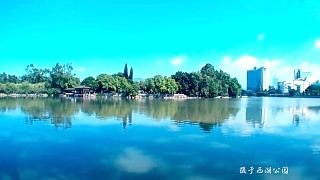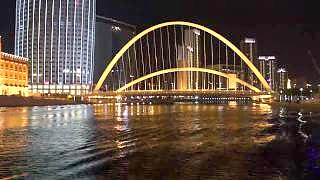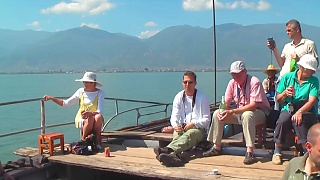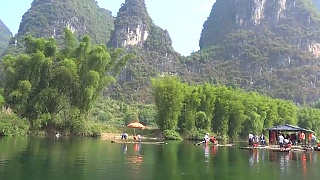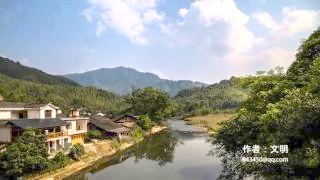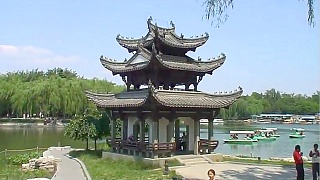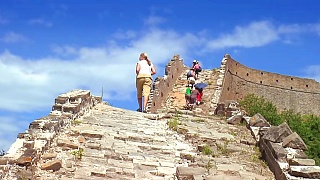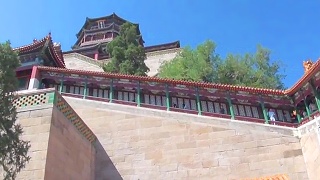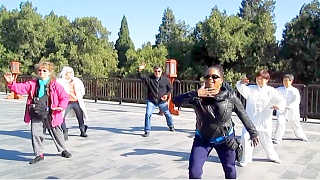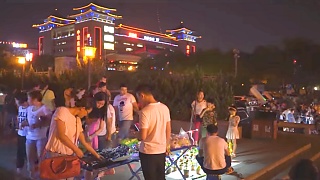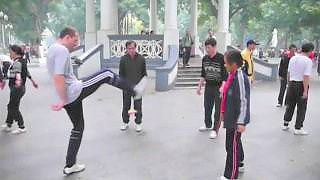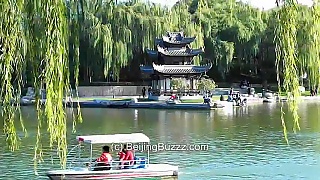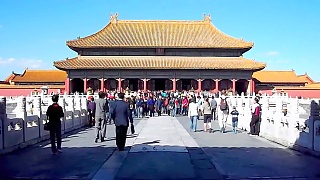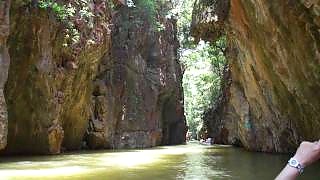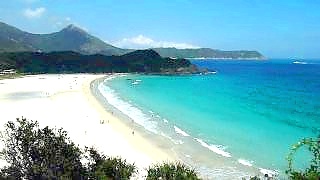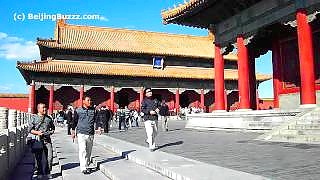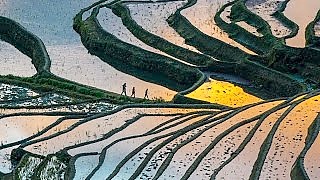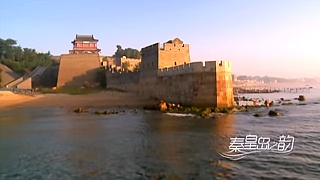
|
The Ming Tombs are a collection of mausoleums built by emperors of the Ming dynasty. They lie within the ChangPing District of BeiJing Municipality, 40 kilometers (25 miles) north-northwest of Beijing city center.
The site was chosen based on the principles of Feng Shui by the third Ming emperor, YongLe. Construction began after completion of the Imperial Palace (Forbidden City) in 1420. Subsequent emperors placed their tombs in the same valley; 13 in total.
The siting of the Ming dynasty imperial tombs was carefully chosen according to Feng Shui principles. A key guide is that bad spirits and cold winds from the north must be deflected; therefore, an arc-shaped valley area at the foot of the JunDu Mountains was selected. This 40 square kilometer area, enclosed by mountains in a pristine, quiet valley with dark earth and tranquil water became the necropolis of the Ming dynasty.
A 7 kilometer (4 mile) path named the Spirit Way, or Sacred Way, leads into the complex, lined with statues of guardian animals and officials, with a front memorial gate consisting of three arches called the Great Red Gate; constructed in 1540, it is one of the biggest stone archways in China.
Further in, lies the ShenGong ShengDe Stele Pavilion with a 50 tonne stone statue of BiXi carrying a memorial tablet. Four white marble HuaBiao (pillars of glory) are positioned at each corner of the pavilion; at the top of each is a mythical beast. Then come two pillars on each side of the path, whose surfaces are carved with a cloud design, and tops are shaped like a cylinder; these are of a traditional design and were originally beacons to guide the soul of the deceased, The path leads to 18 pairs of stone statues of mythical animals, which are all sculpted from single blocks; these are all larger than life size. After, the path leads to a three-arched gate known as the Dragon and Phoenix Gate.
Two of the mausoleums are open to visitors, but it is the beauty of the valley, with orchards, and the sheer scale of the area used for the tombs, that make this a nice day out in the countryside.
|
